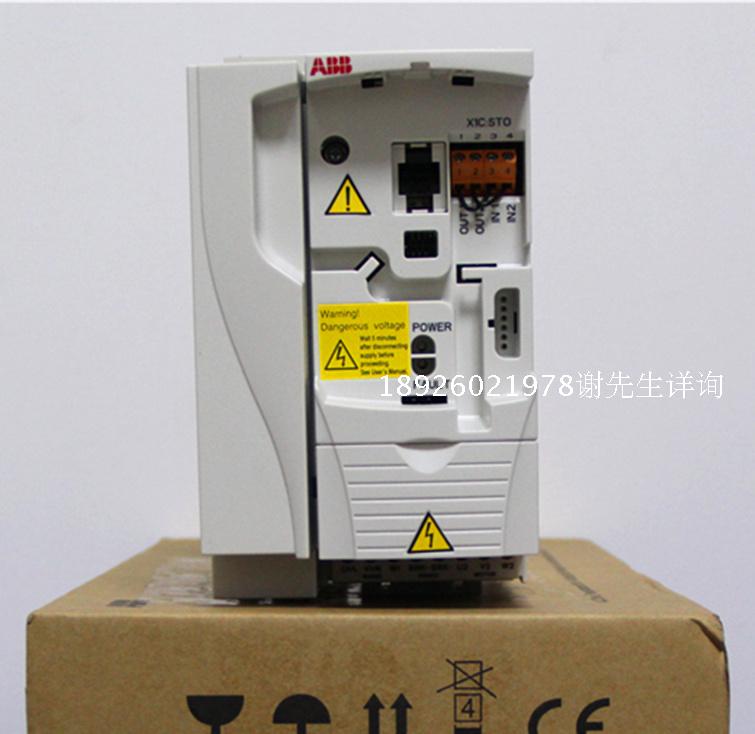
With lazy load, images are only loaded when the site visitor scrolls to view them. The more images you have, the longer this takes. If a page has a lot of images, a browser typically has to load every single one of them - even those below the visible area on the screen - before a site visitor can view that page.
#SPEEDINESS STORE FULL#
This means that everything loads quickly for all visitors, no matter where they’re located.Ĭontent delivery networks are often difficult to set up, but Jetpack offers a WordPress CDN that’s as easy as installing a plugin - plus it’s completely free! While Jetpack isn’t a full site CDN, it handles images, videos, CSS, and static Javascript files - some of the biggest offenders when it comes to site speed. But a CDN loads your store from the server that’s closest to each individual customer. Typically, your host would load your site from Seattle, no matter where shoppers are located. Let’s say that your website server is located in Seattle, Washington, but you have customers in England, China, and South Africa. This is particularly useful for international stores. It takes the strain off of your host by downloading images, videos, and other assets from your site and serving them through its own network. Use a content delivery networkĪ content delivery network (CDN) is a network of servers strategically distributed around the world. Want to skip over all these steps? Jetpack’s CDN handles image optimization for you, so you can be completely hands-off.

Resize images before uploading them to WordPress.The key is proper image compression and optimization. But, of course, you also don’t want to sacrifice quality. The more you compress your images, the faster your pages will load. Images are some of the “heaviest” website files, so they can have a major impact on site speed. Let’s take a look at a few ways you can speed up your WooCommerce store. In fact, your conversion rate can decrease by 7% for every second your site takes to load - that’s a lot of lost customers!įocusing on website speed is well worth the effort, but it doesn’t have to be time-consuming or difficult. For a complete technical deep dive into what it took to make this new engine, please see our V8 blog post.If your site doesn’t load quickly for visitors, you’re missing out on sales. This lets it start executing quickly while still generating relatively fast code.
#SPEEDINESS STORE CODE#
Sparkplug strikes a balance between Ignition and Turbofan in that it does generate native machine code but does not depend on information gathered while executing the JavaScript code. Turbofan is the optimizing compiler that generates high-performance machine code based on information gathered during JavaScript execution as a result, it starts up more slowly than Ignition’s bytecode compiler. Ignition is a bytecode interpreter whose job is to start executing the JavaScript with as little delay as possible. Three years ago, we launched a new two-tier compiler system consisting of Ignition and Turbofan.

SparkplugThe V8 engine has multiple compilers which can make different tradeoffs throughout the various phases of executing JavaScript. Short builtin calls optimize where in memory we put generated code to avoid indirect jumps when calling functions. In M91 Chrome is now up to 23% faster with the launch of a new Sparkplug compiler and short builtin calls, saving over 17 years of our users' CPU time each day! Sparkplug is a new JavaScript compiler that fills the gap between needing to start executing quickly and optimizing the code for maximum performance. In Chrome, that job is done by the V8 engine which executes over 78 years worth of JavaScript code on a daily basis.

An important component of delivering a fast browser is fast JavaScript execution.


 0 kommentar(er)
0 kommentar(er)
